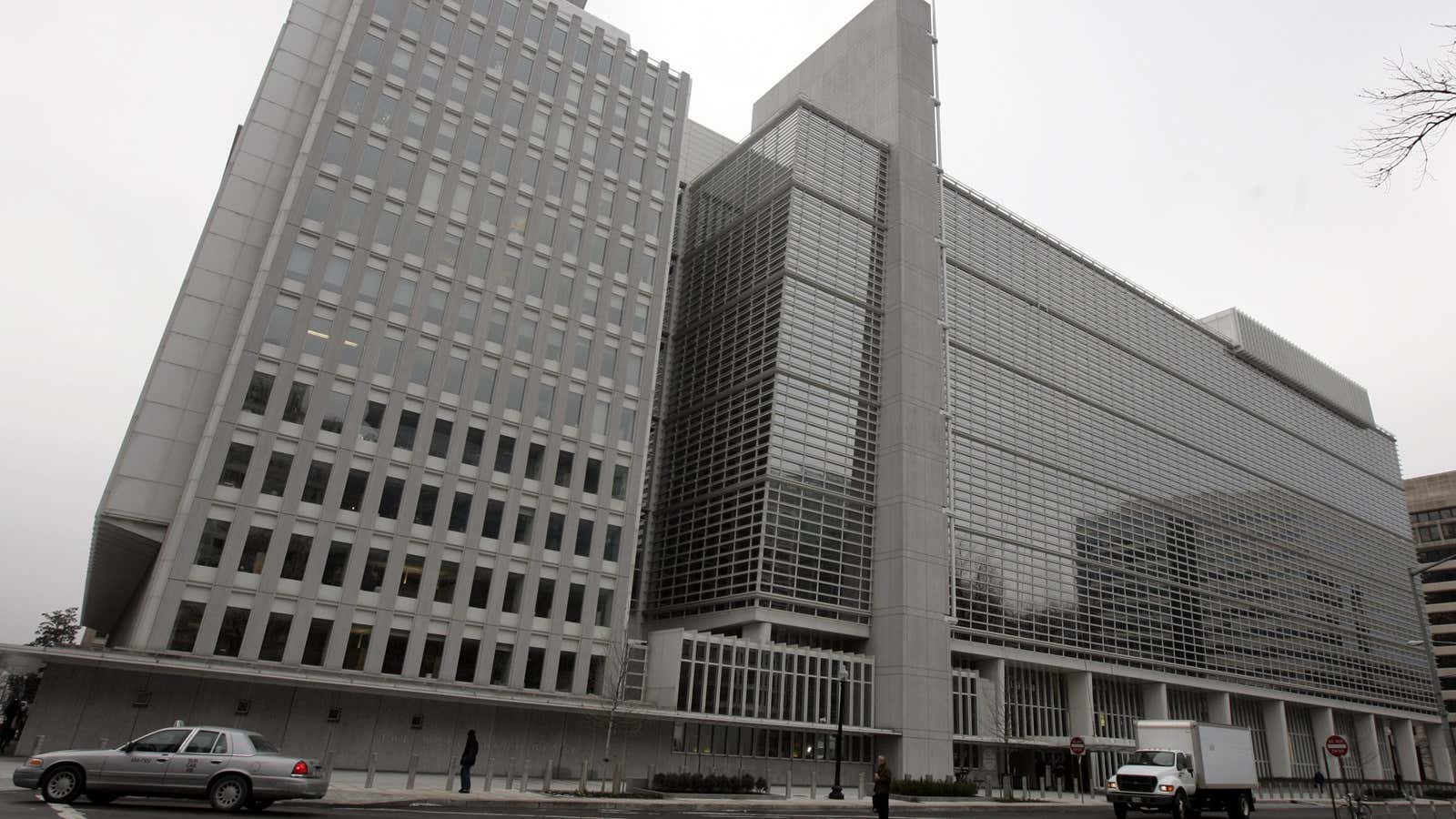“Minister,” said Humphrey, “I beg you not to refer to it as a tin-pot African country. It is an LDC.”
In the 1980s British comedy Yes, Minister, the hapless minister learns from his smooth-talking civil-service mandarin that poor countries used to be called “underdeveloped,” but this was deemed offensive; then “developing,” but that was patronizing. Now they were Less Developed Countries, or LDCs. And as soon as this started causing offense, they would be renamed Human Resource-Rich Countries, or HRRCs.
The joke, of course, was that the words might change, but the mindset did not. The world was forever divided into rich and poor, mature and immature, civilized and savage.
That’s why the World Bank’s decision this week to ban the term “developing countries” from its World Development Indicators is so important. It’s not replacing it with a new, less patronizing name, but abolishing the “developed/developing” distinction altogether.
As Quartz’s Tim Fernholz explains, this is in part because the distinction is just no longer statistically useful. Over time, “developing” countries have, in fact, developed. On key health indicators like infant mortality, the world is a lot more homogeneous than it was. In income terms, some “developing” countries are closer to the West than to their erstwhile peers. There are still gigantic gaps in both wealth and wellbeing, but increasingly, it is the gaps not just between countries but also within them that statisticians, and policy-makers, should attend to.
Broad groupings of countries are useful. But they can become crutches for simplistic thinking, and have a habit of lingering long after they become outdated. (Remember the BRICs?) In abolishing “developed/developing” from its data sets, the World Bank is signaling that it’s time to let go of a widely-held but greatly antiquated view of the world. Perhaps other agencies that still retain such distinctions should follow its lead.
This was published as part of the Quartz Weekend Brief. Sign up for our newsletters here, tailored for morning delivery in Asia, Europe & Africa, and the Americas.
